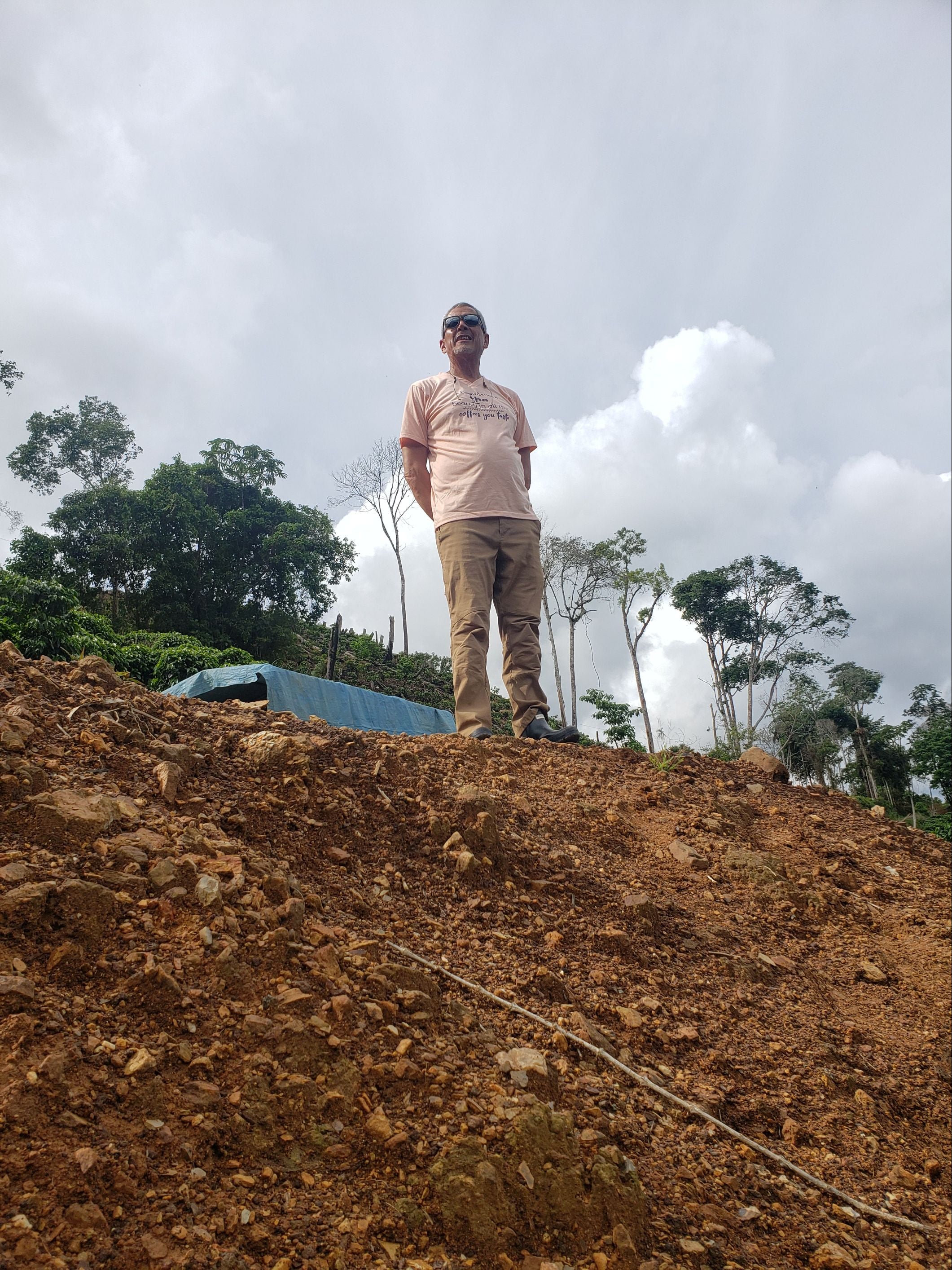Coffee Farm Care and Maintenance

Coffee production does not end when the coffee has been picked, processed and shipped around the world. Maintaining an efficient, productive and high quality coffee farm requires a very sizable amount of work in between the harvests. Coffee farm care and maintenance are key to producing consistently good coffee every year.

The coffee tree is a very demanding plant. In order to keep a coffee plant “happy” you must meet its most basic needs: nutrition and a suitable environment. These factors are true of all agriculture, but are even more important when it comes to the coffee plant, as it is not simply an agricultural product, but a product where quality dramatically varies dependent on the stewardship of the tree.
Coffee was never intended to leave the forests of Ethiopia; humans planted the seeds all over the tropics. As a result, coffee is somewhat of a “fussy” plant, in that, because it is endemic to one place, the plants in Honduras, Bolivia, Nicaragua, etc do not possess much genetic diversity. What does this mean? Well, the coffee plant outside of Ethiopia is extremely susceptible to a myriad of diseases, fungal infections and pests.Coffee has not been grown in regions outside of Ethiopia for a very long time either. Because of this, the coffee plant has not acquired a resistance to the unique environmental hazards that exist in the multiple countries in which coffee is currently grown. In short, it requires work to care for coffee.
Nutrition is very important for coffee trees growing in places such as Bolivia. Without adequate nitrogen, potassium and phosphorus, coffee trees can not experience ample root, wood and bud development. Maintaining the topsoil, and fighting erosion from gravity and water run-off requires constant attention from the coffee producer.

In order to grow healthy, productive plants, the farmer is typically required to replenish this topsoil as needed, ensuring that the coffee tree is constantly being fed the required nutrients to produce at its expected level. This requires vigilance, you can’t just leave the trees alone. Most specialty coffee farms are produced on a slope, and thus the risk of erosion is very high, all the nutritious soil can simply fall down the hill, or be washed down. Additionally, in many coffee growing regions, the soil is very loose and silty. This unstable ground poses a risk to farm workers as well as the plants. We in the specialty coffee industry have all experienced brief scary moments where the ground gives way while inspecting a coffee tree. Maintaining the soil is a constant battle, but is vitally important for the health of the coffee tree.
Pruning Coffee Trees
Pruning is a typical activity that occurs on a coffee farm at the end of a harvest. Healthy coffee trees like to grow, especially varieties such as Geisha and Maragogype, which like to grow big, lanky branches that extend very far. Planting coffee must be done with careful consideration: if you space your trees too closely, they will grow towards each other quickly. This is a huge problem, as coffee trees need sunlight to produce fruit. A coffee tree producing less fruit than the year prior is disastrous for a coffee farmer, they will simply earn less money. Strategic pruning must be employed to ensure every tree gets the required amount of sunlight to maximize yields. This does result in a temporary loss of revenue, since you are technically removing branches that will produce fruit, but slacking on your pruning can create a disaster in the long-term, as the plants overlap each other. There is an additional benefit to regular pruning, in that the clipped branches can simply be left on the ground near the trees where they have fallen. These branches will decompose and feed nutrition back to the plant, creating a more healthy, productive tree.



